Index
- What are Retained Earnings
- How to Calculate Retained Earnings?
- What is the Retained Earnings Formula?
- Understanding The Basics of Retained Earnings
- When Should a Business Use Retained Earnings?
- Importance of Retained Earnings
What are retained earnings?
The portion of a business's profit, which is not disturbed even while paying dividends to shareholders and is reserved for reinvestment, is known as retained earnings. Usually, these funds are used to purchase fixed assets (capital expenditure), or invested in working capital, or are sometimes even allotted for paying off debt obligations.
Where to find retained earnings in a company's financials?
Retained earnings is showcased on the balance sheet of a company under the shareholders' equity section at the end of each accounting year. The below diagram depicts the balance sheet of Amazon, a USA based company that has retained earnings amounting to ($31,220) as of 31st March 2019.
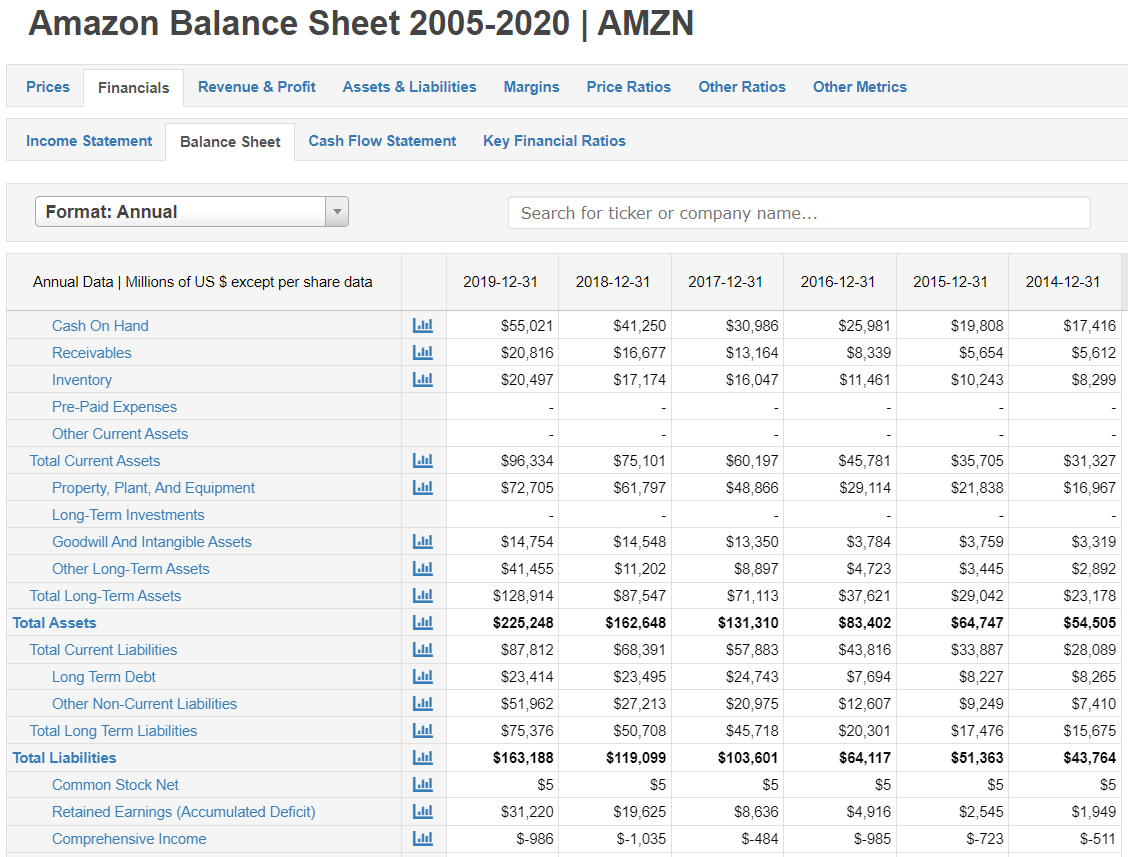
In rare cases, companies also showcase their retained earnings on their income statements, like in the below example of Fox Investigative Services.
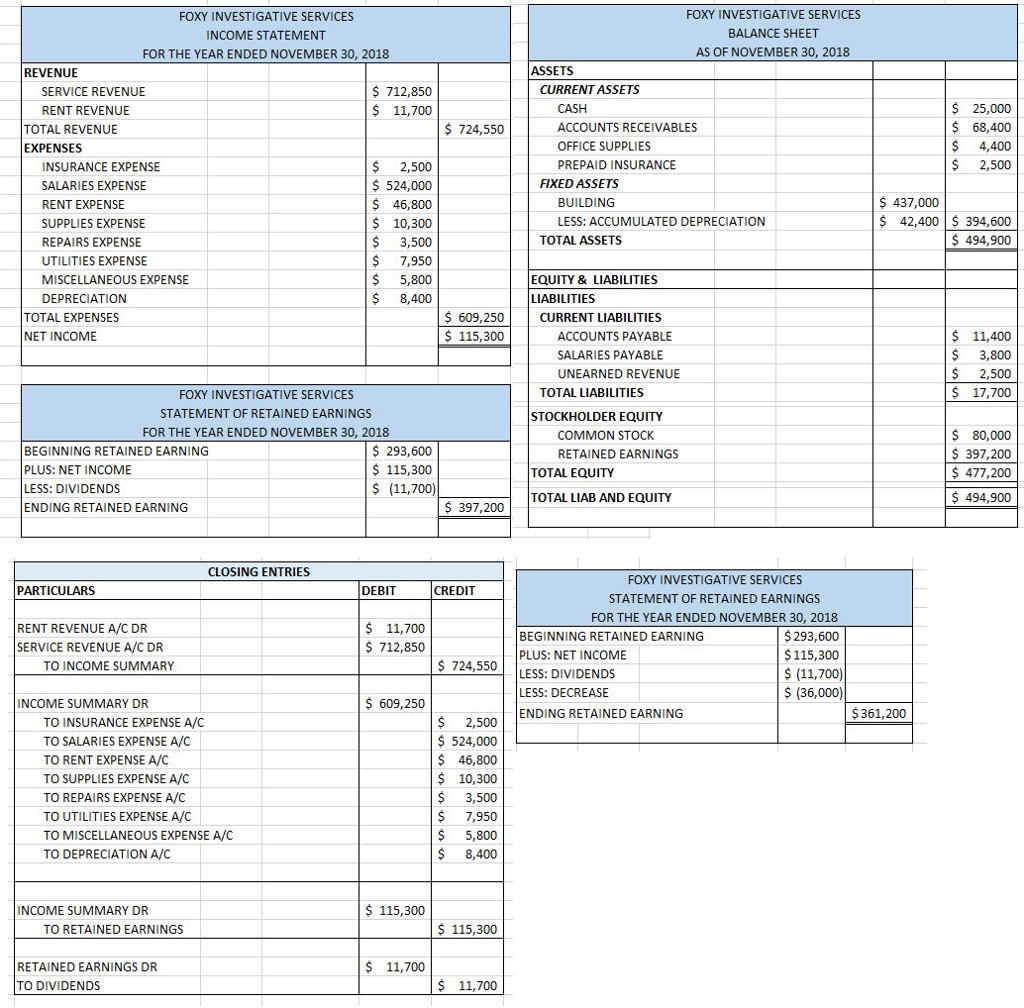
How to Calculate Retained Earnings?
For retained earnings calculation, the amount of beginning retained earnings is added to the profit or loss and subtracted from the dividend.
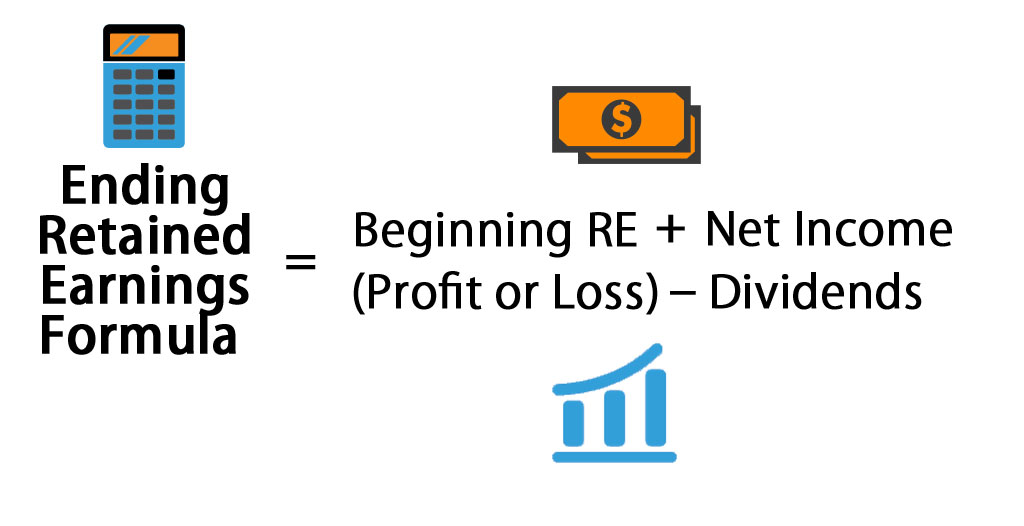
Let's understand the mathematics behind retained earnings calculation with the help of an illustration. For instance, you just started a business. The beginning retained earnings for your business will be $0. Say, you make a profit of $100 in the first month, your retained earnings now stand at $100.
For Example,
Beginning Retained Earnings = $100
Profit/Loss = $100
Dividend = $0
Applying these figures to the Retained Earnings Formula:-
$0 + $100 - $0 =$100
Now, this was an easy one. What happens if your company pays dividends? Let's see.Once your business takes off and produces a profit, after taking care of the cost of goods sold, expenses, and any liabilities, you get some net profit left over to pay out cash dividends to shareholders. The business retains the money that's left after you have paid the shareholders.
Let's use the above example as our starting point:-
Beginning Retained Earnings = $100
Profit/Loss = $50,000
Dividends = $5,000
So, by using the “Retained Earnings = Beginning Retained Earnings + Profit/loss - Dividends” formula, you can see that retained earnings = $100 + $50,000 - $5,000 = $45,100
You can also use free templates of the statement of retained earnings like the one shown in the below picture:-
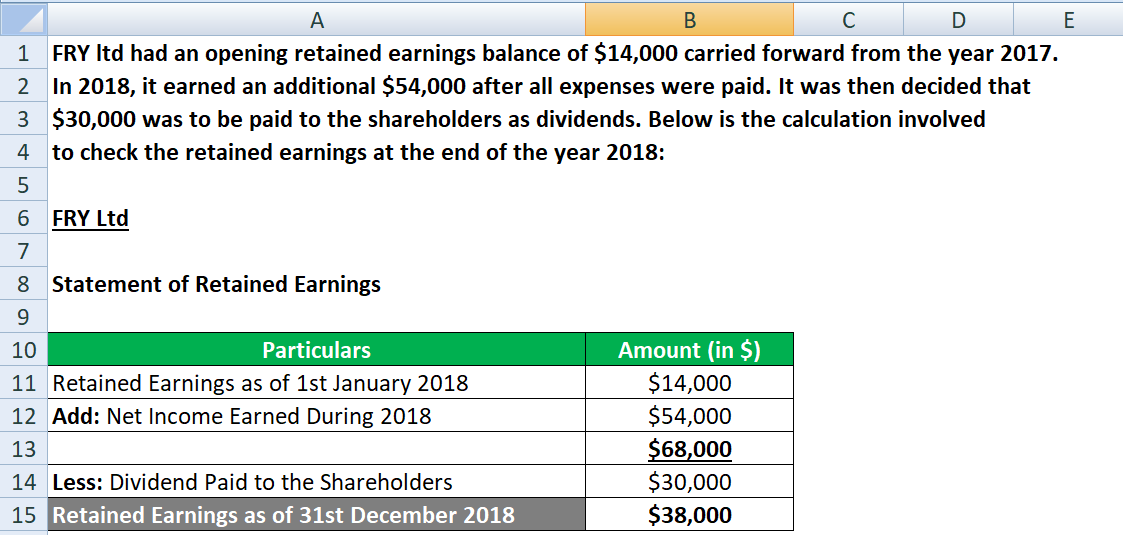
What is the Beginning Retained Earnings Formula?
Sure, it's easy to calculate retained earnings using the above formula, but how do you calculate beginning retained earnings?
Retained earnings are itemized on the balance sheet after the end of each accounting year as dividends are paid to shareholders. At the beginning of every accounting cycle, all the previous year's balances are carried forward. Similarly, the previous year's balance for retained earnings becomes the beginning balance for the current accounting cycle.
Understanding The Basics
Retained Earnings vs. Net Income: Key Differences
These two terms are related but very different from each other. And, since understanding both the terms is crucial for a business owner, let's help you get acquainted with these terms. Simply put, net income is what is left at the end of each month after you have subtracted operating expenses from the revenue. On the other hand, retained earnings is what is left from your net income after paying dividends.
To get a comprehensive view of the balance sheet and it's accounting, read this article.
Shareholder's Equity Vs Working Capital Vs Retained Earnings
To better understand the concept of retained earnings, you need to understand the basic lingo used in a balance sheet.
- Shareholders' Equity
If you have a large organization or e-commerce domain, your balance sheet may include a shareholders' equity section. This line item showcases the company's net value - how much it's worth if you decide to liquidate all your assets or dissolve the firm.
Shareholders' Equity = Total Assets - Total Liabilities
- Retained Earnings
Retained earnings is different from shareholders' equity. Even though retained earnings is a part of a company's total assets, it is showcased at the liabilities end of a balance sheet. The below diagram is a statement of retained earnings example:-
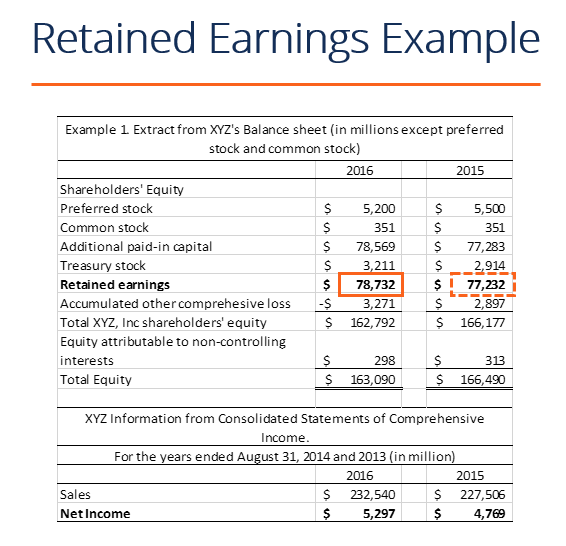
- Working Capital
Working capital is the value gained by subtracting all your liabilities from your assets. It is used to measure the resources that a business has at its disposal to carry out day-to-day operations.
When Should a Business Use Retained Earnings?
You are starting to see higher profits and not sure what to do with it? Run a quick check on your retained earnings balance. If the balance is not as high as you'd like it to be, your safest option is to keep these profits in the business and hold off paying any large amounts as dividends. This way, if your company ever goes through a rough patch or starts operating on a net loss, you can make use of the retained earnings to get yourself back on the horse.
If you already have a healthy net income as well as retained earnings, now is the ideal time to use some of these earnings for reinvestment purposes. You might need a piece of new equipment, a warehouse, or a new website. And because these costs are outside your regular operating expenses, you can cover them from your business's retained earnings.
Read more on how to use and invest retained earnings of your business in details here.
Importance of Retained Earnings
Retained earnings provide a clear picture of a company's financial health. Retained earnings have different importance to different people. Let's see how it matters to shareholders, creditors, and investors.
Importance to Shareholders
This one is pretty obvious. After all, shareholders are the ones who are entitled to dividends and hold equity in the company. Retained earnings is the total amount of money that the shareholders are entitled to, though they only receive part of it in the form of dividends. The shareholders can calculate how much money one share entitles them to by dividing the retained earnings by the number of outstanding shares.
The formula is simple = Retained Earnings/ No. of Outstanding Shares
Importance to Creditors
Creditors look at a variety of performance measures before issuing credit to a business, which includes retained earnings. High retained earnings indicate that the company is profitable and should not have trouble repaying its debt. Low or NIL retained earnings are a red sign for any creditor since it indicates that the firm is having/going to have trouble paying off its loans.
Importance to Investors
The first thing that potential investors look for while seeing a company's financials is the retained earnings statements. They look not only at the most recent retained earnings statements but at previous year statements as well. This gives them a sense of how much return on their investment they can expect by investing in your company.
Retained earnings and Deskera
Your business’ Net income has a direct affect on the retained earnings, hence a large net loss will decrease the retained earnings account.So It is Critical That your Financial Statements are impeccable and error free.
You can keep track of your business's financial position by ensuring you are accurate and consistent in your accounting and record keeping practices.With Deskera accounting Software you can take a look at your retained earnings on your balance sheet real time by generating your financial reports.
Happy Accounting!











